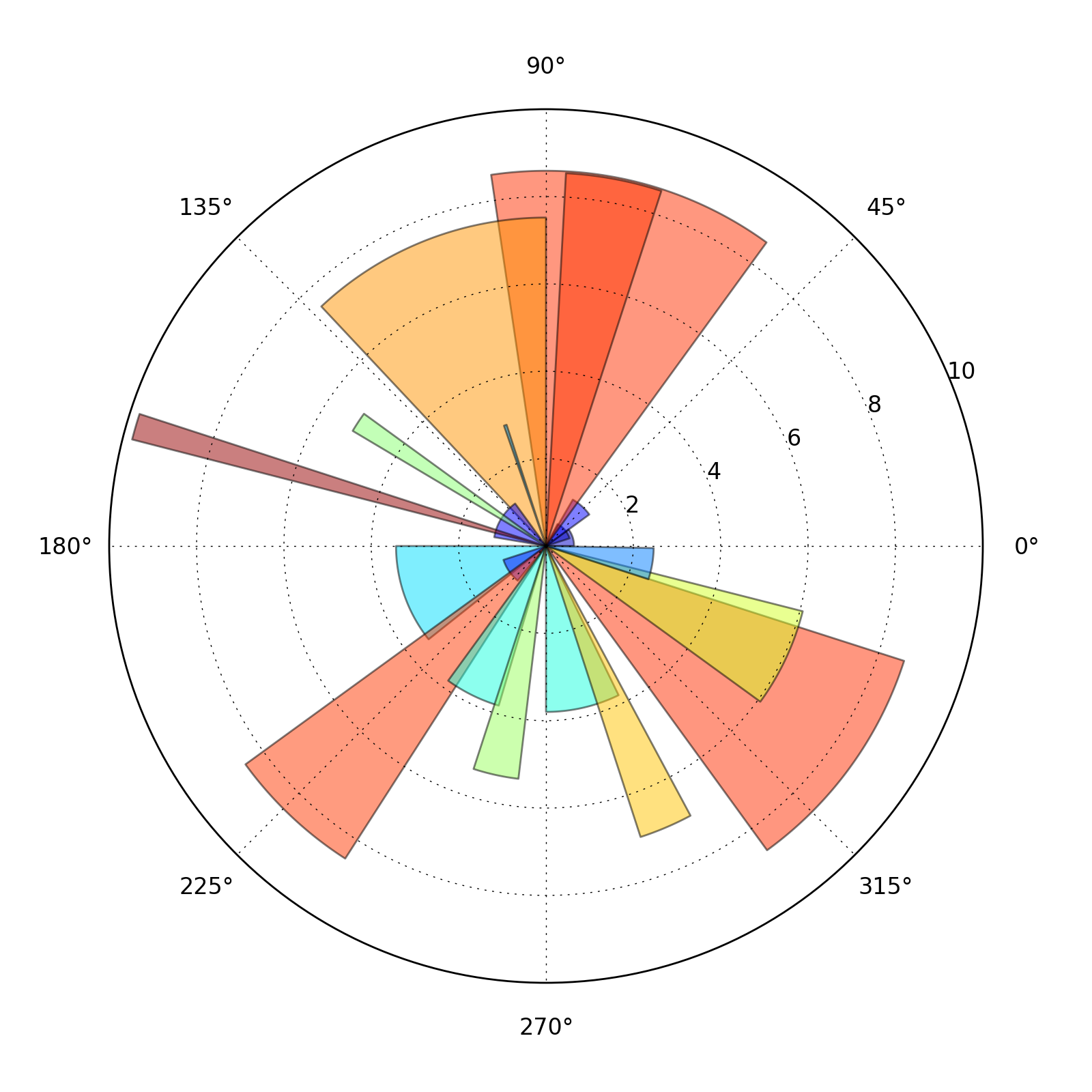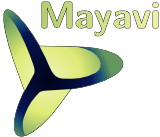yt and widgyts: Multidimensional Data Visualization and Exploration
Madicken Munk
PyData (Ann Arbor, MI) 2019.03.13
About Me:




About Me:



About Me:





A (brief) introduction to yt
Project website Project repository







↓

↓
Analysis and Visualization
Volumetric Data Support
- Oct-based meshes
- Structured, regular meshes
- Unstructured meshes
- Particles
Variety of Visualization Types
- Slice Plot
- Projection Plot
- Profile Plot
- Phase Plot
- 3d surfaces and isocontours
Supporting Analysis Routines
- Derived Fields
- Clump finding
- Data Filtering
- Profiles
- Histograms
A (brief) introduction to yt
Project website Project repositoryyt extension packages




yt: 4.0 and beyond
- Domain context system
- Path traversal and non-local analysis
- Symbolic field system
- Modularization of codebase
Domain Context System
- Weather and Climate
- Oceanography and Hydrology
- Whole-earth seismography and tomography
- Observational Astro
- Nuclear Engineering
- Neuroscience




Geographic Projections


Cf-Compliant Frontends

Medical Imaging with MRI data



Path traversal and non-local analysis

Symbolic field system

Data visualization and interactivity complement each other
Visualizing our Data Interactively
- Interactivity allows on-the fly parameter tuning
- ... it also allows for exploration
- Reveals interesting science!
- Allows science to be accessible
- to non-scientists
- to those that don't identify as "hackers"
- to those that are new to the data
Tools Enabling Interactivity Make Science Accessible








 ipyvolume, vaex, chaco
ipyvolume, vaex, chaco
Using Jupyter Widgets out-of-the-box With yt
Rendering an Image

Rendering an Image

Rendering an Image

Rendering an Image

Rendering an Image

When might this become cumbersome?
$T_{server}=t_{signal}+t_{serialization}+t_{image\: calc}+t_{pull} + t_{display}$
multiply by $n$ interactions
What if

Pushing Data to the Browser Makes Sense as
$\begin{align}T_{client} &< T_{server}\end{align}$
\[\begin{align}n \cdot t_{client} + \frac{data_{dataset}}{r} &< n \cdot \bigg[t_{server} + \frac{data_{image}}{r}\bigg]\end{align}\]
where \[ \begin{align} n &= \mbox{the total number of interactions} \\ r &= \mbox{the data transfer rate} \\ t_{client} &= \mbox{the total time to compute an image on the client} \\ t_{server} &= \mbox{the total time to compute an image on the server} \\ \end{align} \]
How might this happen?
\[\begin{align}n \cdot t_{client} + \frac{data_{dataset}}{r} &< n \cdot \bigg[t_{server} + \frac{data_{image}}{r}\bigg]\end{align}\]
↑ $n$
↑ $data_{image}$
↓ $t_{client}$





Using widgyts
What does this mean?
With a single, fixed, up-front cost we eliminate the requirement to transfer n images between the server and client
This is useful in some, but not all cases
How it works: the first render

How it works: the first render

How it works: the first render

How it works: the first render

How it works: the first render

How it works: changing the colormap

How it works: changing the colormap

How it works: navigating with canvas interactions

How it works: navigating with canvas interactions

How it works: navigating with canvas interactions

How it works: navigating with canvas interactions

How it works: navigating with canvas interactions

- fast
- wasm objects work with javascript
- sandboxed memory environment
- reduces $t_{client}$
- safe
- performant
- welcoming
Why Webassembly?
Why Rust?
wasm-bindgen : the rust side
#[wasm_bindgen]
pub struct VariableMesh {
px: Vec,
py: Vec,
pdx: Vec,
pdy: Vec,
val: Vec,
}
#[wasm_bindgen]
impl VariableMesh {
pub fn new(
px: Vec,
py: Vec,
pdx: Vec,
pdy: Vec,
val: Vec,
) -> VariableMesh {
VariableMesh {
px,
py,
pdx,
pdy,
val,
}
}
}
wasm-bindgen : the js side
/* tslint:disable */
import * as wasm from './yt_tools_bg';
function passArrayF64ToWasm(arg) {
const ptr = wasm.__wbindgen_malloc(arg.length * 8);
getFloat64Memory().set(arg, ptr / 8);
return [ptr, arg.length];
}
export class VariableMesh {
static __construct(ptr) {
return new VariableMesh(ptr);
}
constructor(ptr) {
this.ptr = ptr;
}
free() {
const ptr = this.ptr;
this.ptr = 0;
wasm.__wbg_variablemesh_free(ptr);
}
static new(arg0, arg1, arg2, arg3, arg4) {
const [ptr0, len0] = passArrayF64ToWasm(arg0);
const [ptr1, len1] = passArrayF64ToWasm(arg1);
const [ptr2, len2] = passArrayF64ToWasm(arg2);
const [ptr3, len3] = passArrayF64ToWasm(arg3);
const [ptr4, len4] = passArrayF64ToWasm(arg4);
return VariableMesh.__construct(wasm.variablemesh_new(ptr0, len0, ptr1, len1, ptr2, len2, ptr3, len3, ptr4, len4));
}
}
wasm-pack
 This can then be released as a npm package
This can then be released as a npm package
Demo: Pop II Prime
Limitations of this Widget:
- requires a 2d data slice
- potential limitation for data sizes
- limited functionality
- requires maintenance in multiple package ecosystems and languages
- still early in development (yt-tools @v0.3.0, widgyts @v0.3.1)
- the tools are new
Moving Forward
- Broaden the functionality of the widget
- Linking with data units and values
- Allow for different dimensionalities
- Leverage traitlet linking for multiple field types
- Build out cross-functionality with yt
- Restructure widget to enhance performance
- Allow for data exclusion and filtering
- Generate reproducible widgyt states
Links
- rust-yt-tools repository
- widgyts repository
- Data and paper for widget demonstration
- data slice and data projection used in the demo
- Jupyter Notebooks from widgyts 0.3.0 release
- paper for galaxy simulation
- Luiz Irber's poster on creating rust-backed python libraries (Scipy 2018)
- Rust + WebAssembly news
Installing the widget:
we are on PyPI
doesn't require Rust
doesn't requre you to compile to webassembly
pip install widgyts
jupyter nbextension enable --py --sys-prefix widgyts
Installing the widget (development**):
-
requires Rust (nightly) / node / npm, and compilation to webassembly
git clone https://github.com/data-exp-lab/widgyts
git clone https://github.com/data-exp-lab/rust-yt-tools
cd ./rust-yt-tools
wasm-pack init --scope data-exp-lab
cd ../widgyts/js/
npm install --save ../../rust-yt-tools/pkg/
npm install
cd ../
pip install -e .
jupyter nbextension install --py --symlink --sys-prefix widgyts
jupyter nbextension enable --py --sys-prefix widgyts
- Matthew Turk
- the yt developers and contributors
- Nathan Goldbaum
- Kacper Kowalik
- Sam Walkow
- Britton Smith
- Katy Huff
- Patricia Schuster
- Sean Law

Thank You!
Madicken Munk
twitter:@munkium github:@munkmhttps://munkm.github.io/2019-03-13-pydata https://github.com/munkm/2019-03-13-pydata
This publication is supported in part by the Gordon and Betty Moore Foundation's Data-Driven Discovery Initiative through Grant GBMF4561 to Matthew Turk.

yt and widgyts: Multidimensional Data Visualization and Exploration by Madicken Munk is licensed under a Creative Commons Attribution 4.0 International License.
Based on a work at http://munkm.github.io/2019-03-12-pydata.